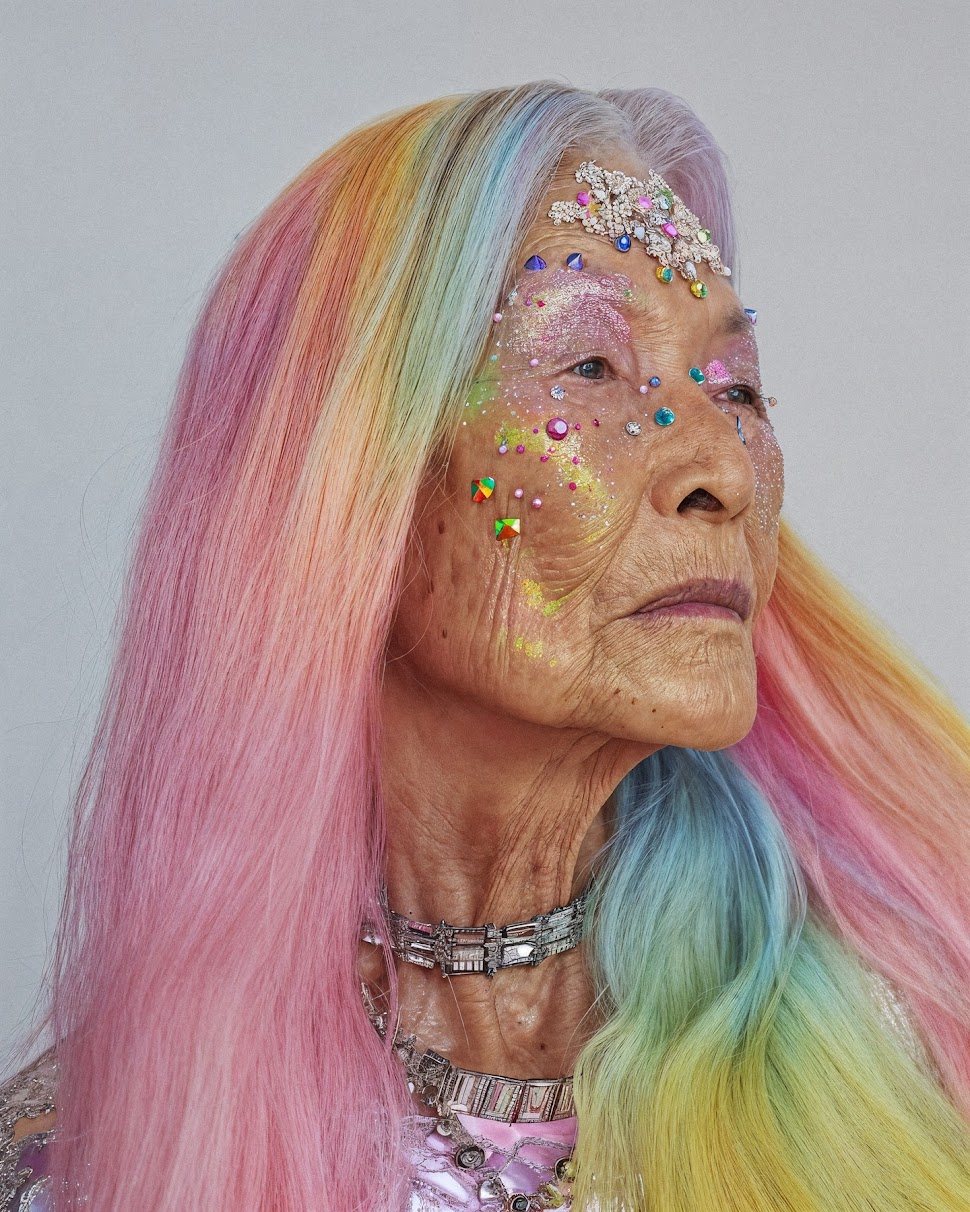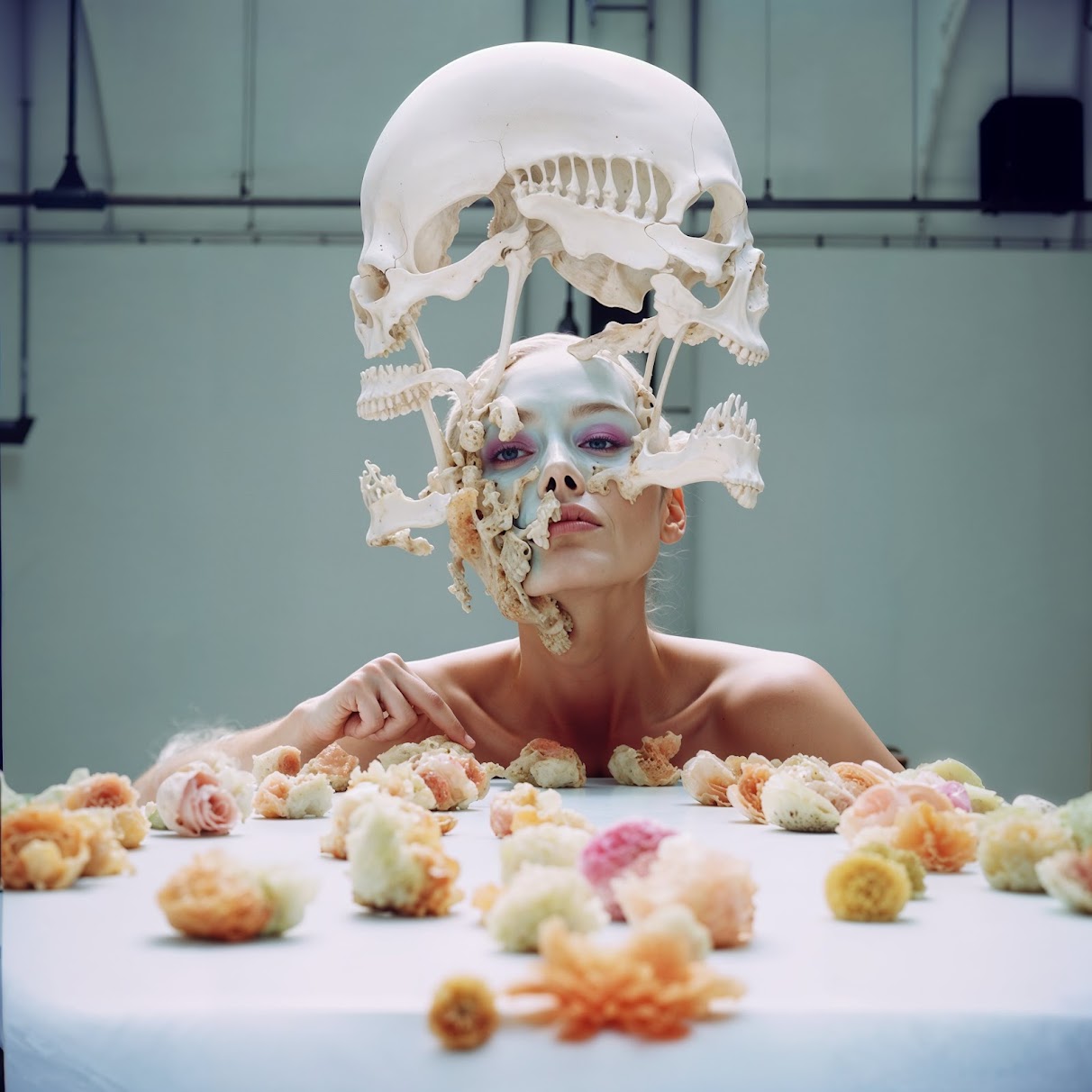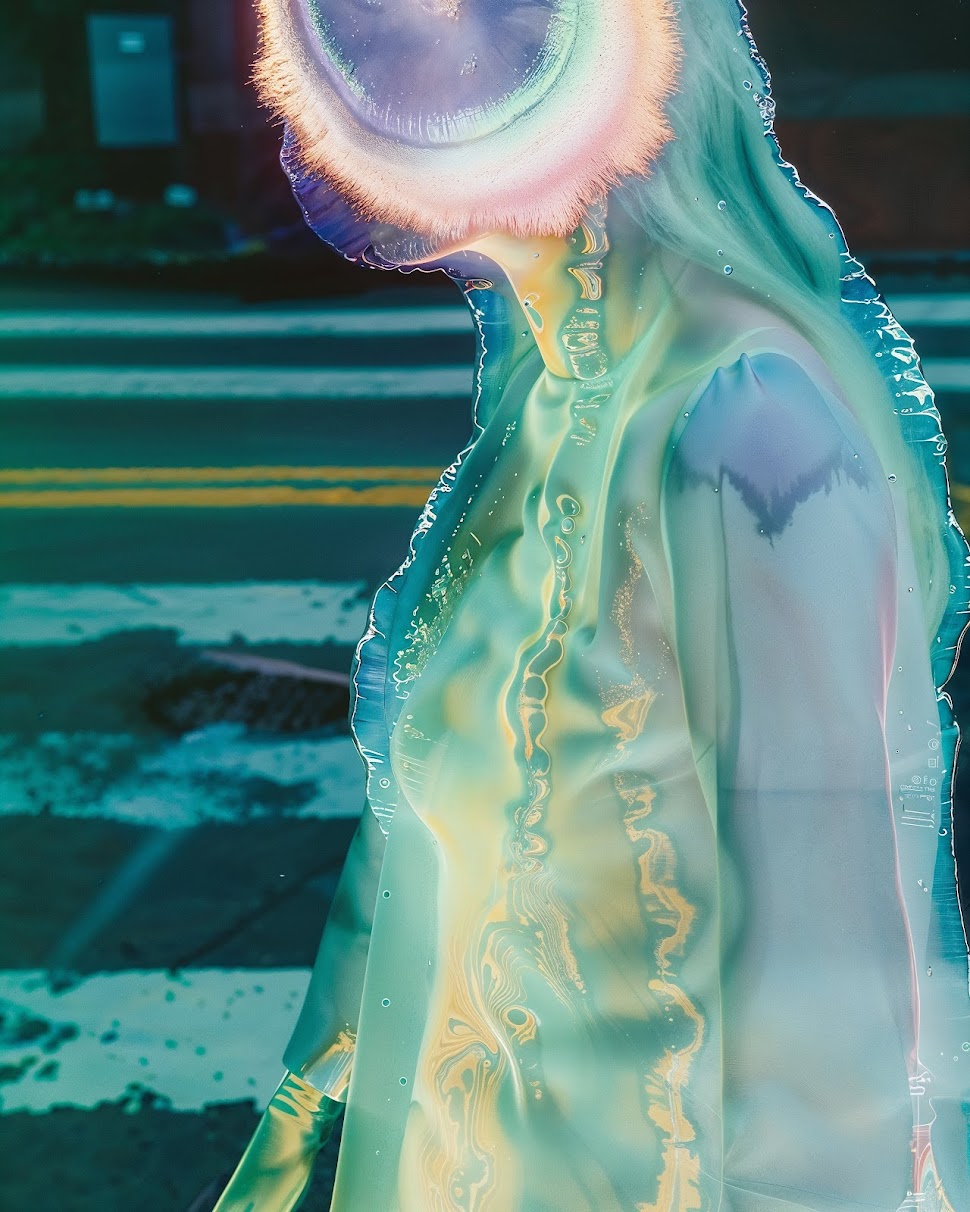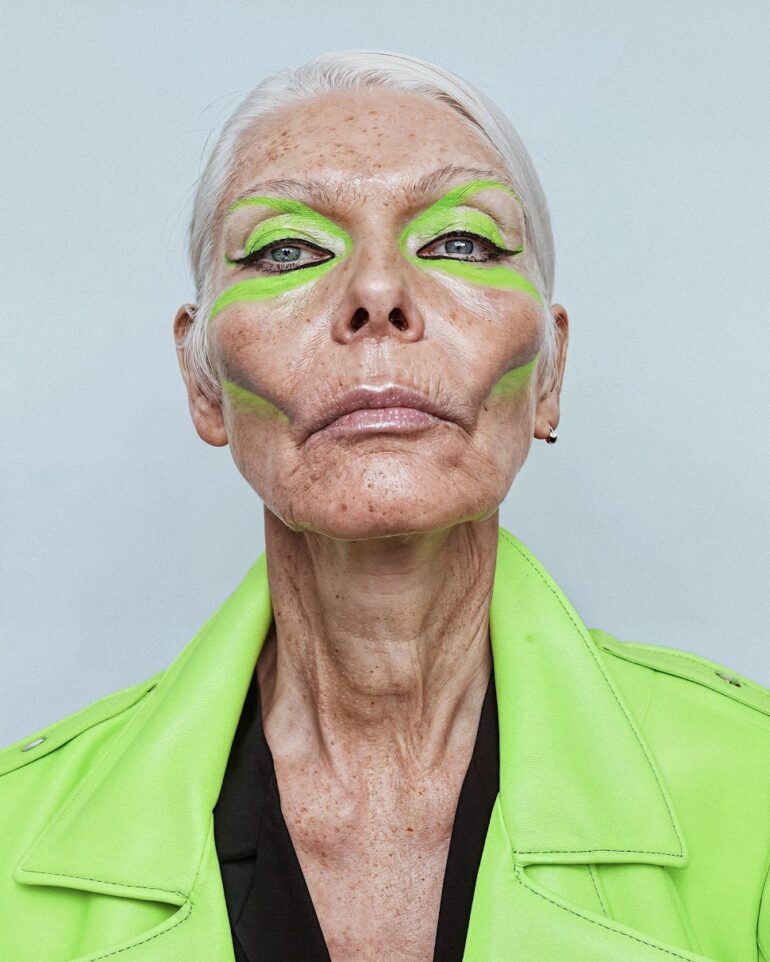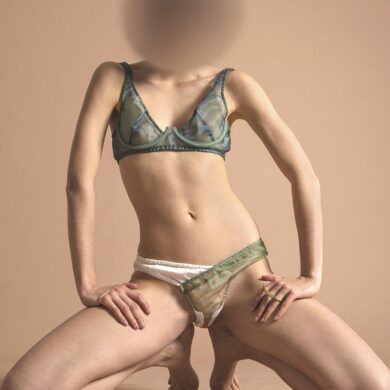Blurring the line between comfort and unease, Scorpion Sorbet crafts hauntingly beautiful AI-generated imagery that resonates on a deeply human level. Carly Fridhandler, who operates under the moniker, is a multidisciplinary artist who explored various creative mediums before discovering AI tools in 2022, allowing her vision to fully emerge. Her work thrives on contrast—soft yet unsettling, ethereal yet raw—mirroring the push and pull of emotion. Through reverse prompting and extensive refinement, she challenges misconceptions about AI art, proving technology can be a collaborator, not a replacement for human creativity. This feature explores her thoughts on her artistic journey and the evolving role of AI in contemporary art.
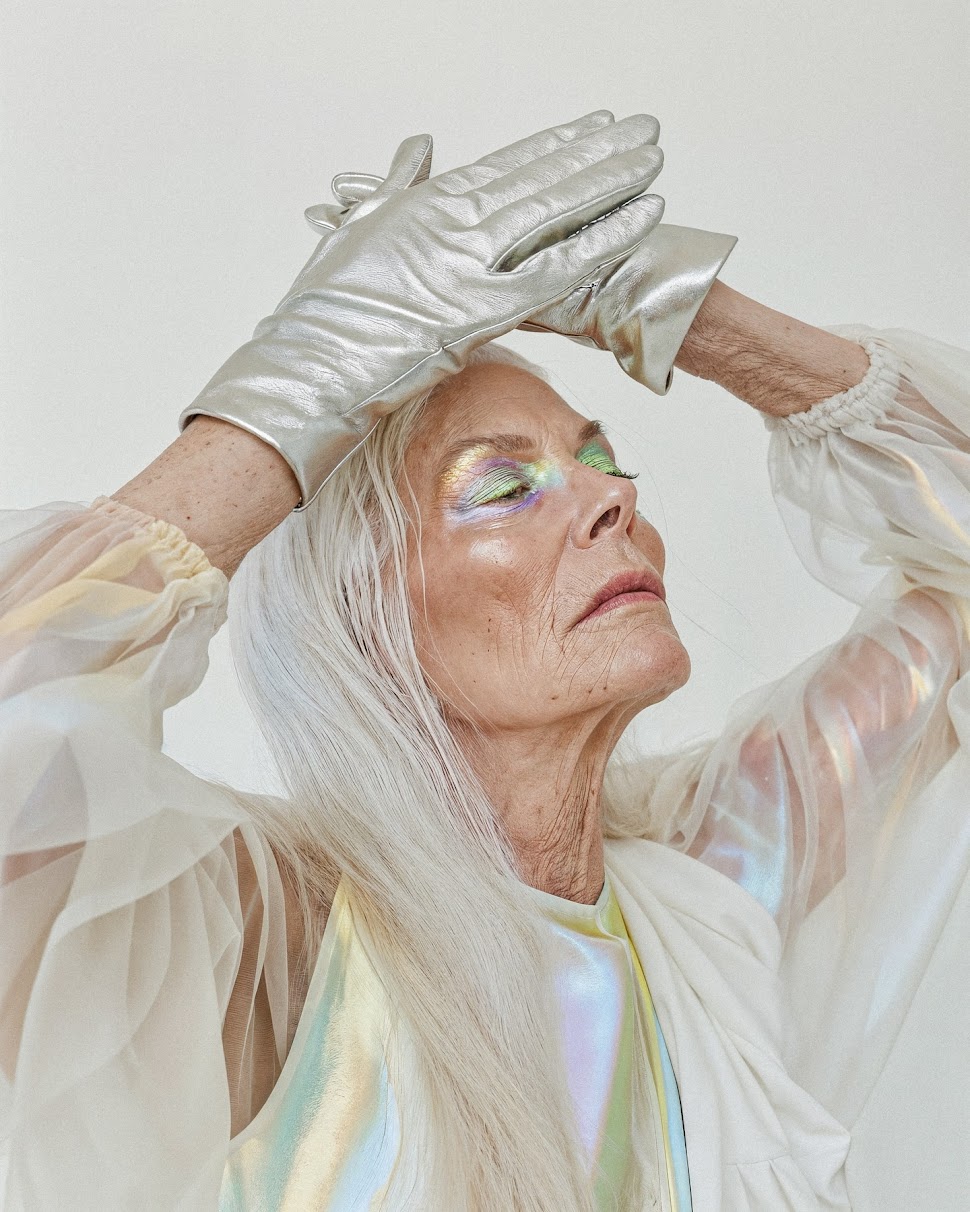

THE DUALITY OF ART IN THE DIGITAL AGE
I’ve always been a deeply creative person—over the years, I experimented and created within many media—drawing, filmmaking, painting, writing, singing, even cross-stitching—but nothing seemed to allow me to fully articulate what was inside and what needed to get out.
In 2022, someone introduced me to Midjourney, and everything I wanted to express suddenly had a place. The very first thing I rendered was a lavender scorpion sitting on a pastel pink sorbet—a visual that unintentionally became the core theme of all my work: how comfort and threat can exist side by side. It embodied the push and pull of our emotions, the constant interplay between what soothes us and what unsettles us—and that’s what makes life beautiful.
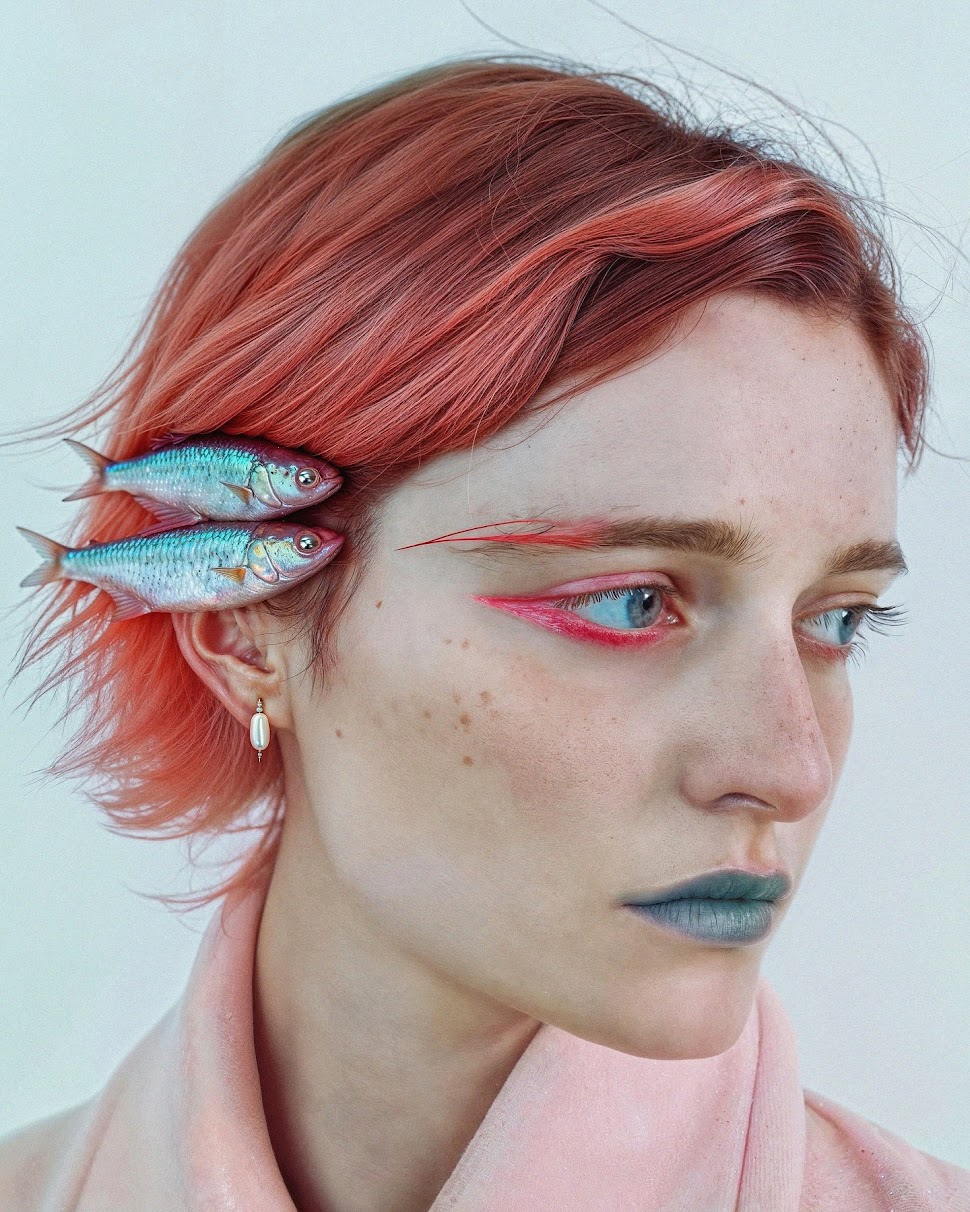

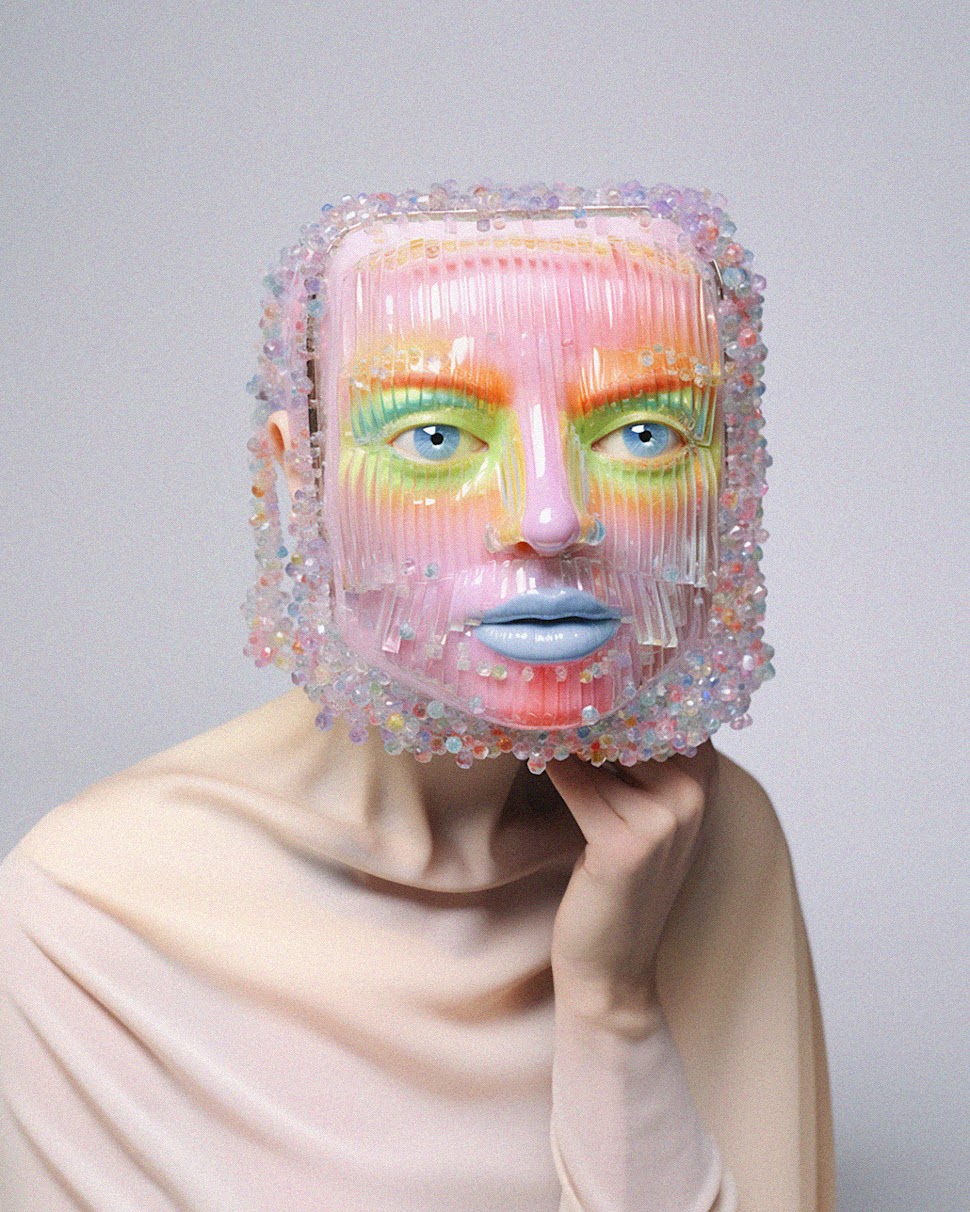
ON WHY YOUR WORK HAS GAINED SUCH WIDESPREAD APPRECIATION & POPULARITY
I’m honored that my work resonates with so many people—I never expected this to evolve so quickly over the past couple of years. I hope the work connects because it’s completely unfiltered—I’ve always been a private person, but this art is where I pour in everything I feel. I think that rawness is something people can relate to.
Visually, I use a technique called reverse prompting, intentionally confusing the software to create surreal images that feel more organic and less machine-made. This unpredictability keeps my work unique.
Beyond technique, people connect with the emotional undercurrent. I tap into my real, complex feelings—anxieties, infatuations, and experiences—but wrap them in this innocent bow. My images have that polished, editorial quality, but beneath the surface, there’s always something unsettling, something just a little bit rotten. That contrast—beauty hiding something raw and imperfect—feels deeply human, and I think that’s why it continues to resonate.
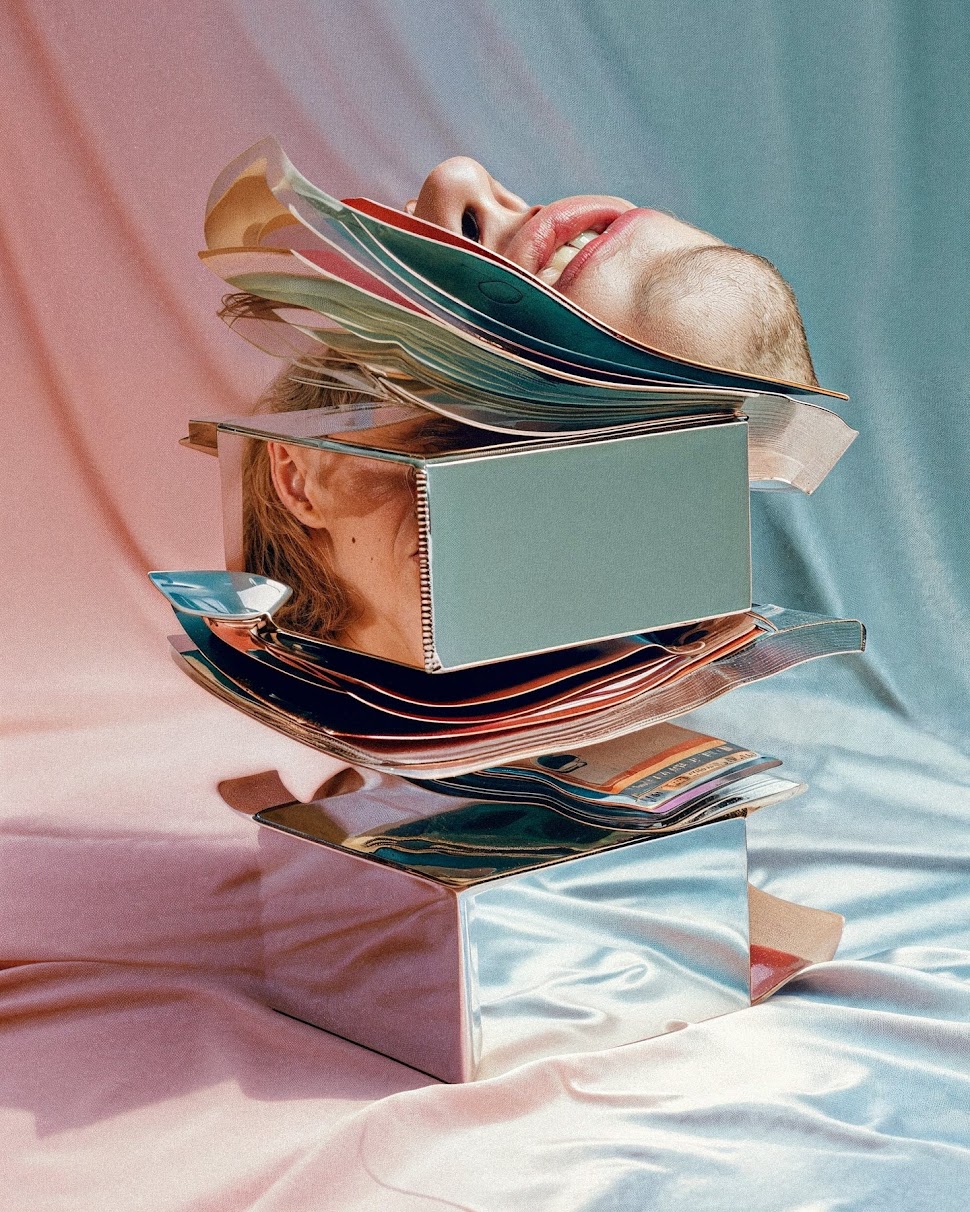
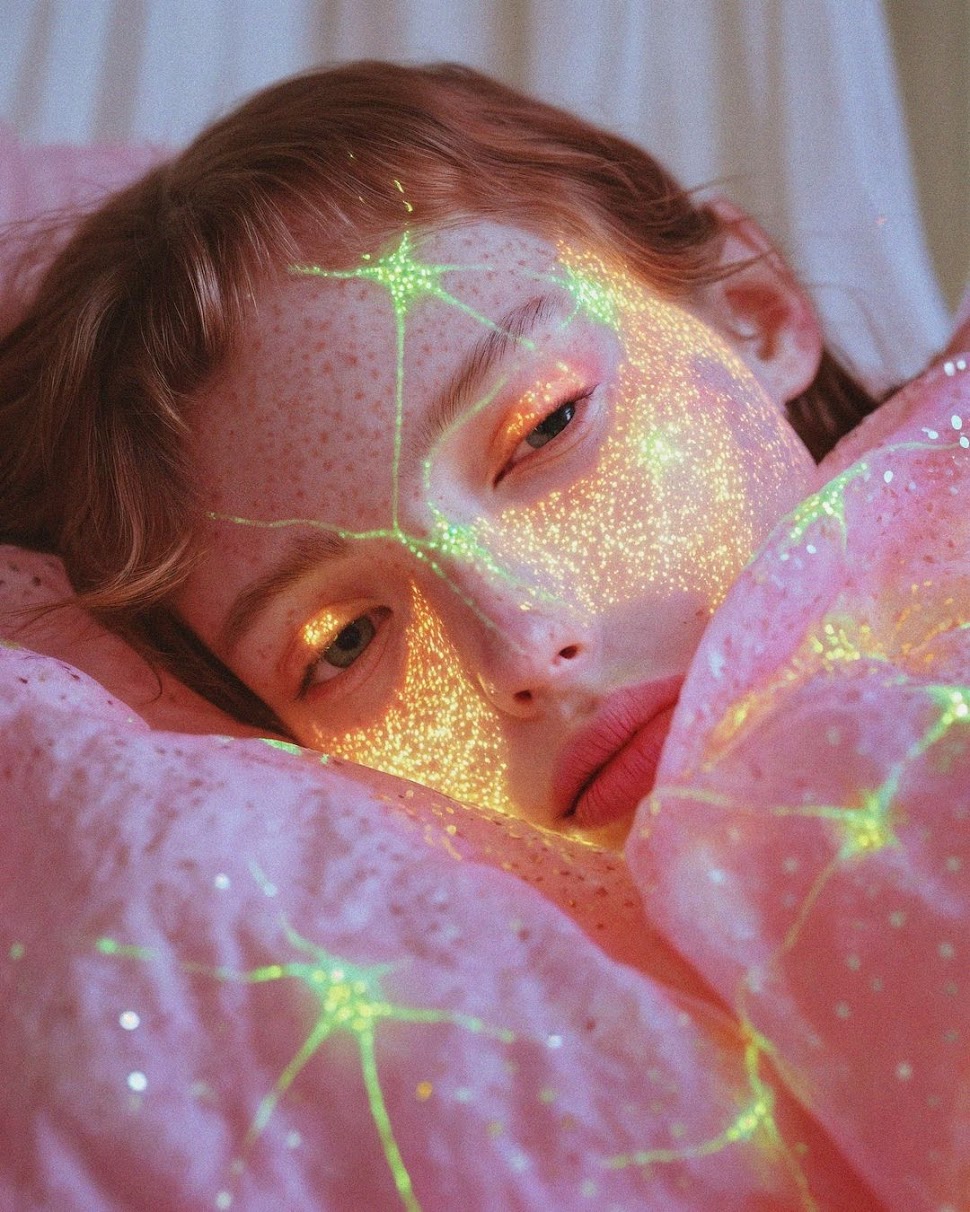
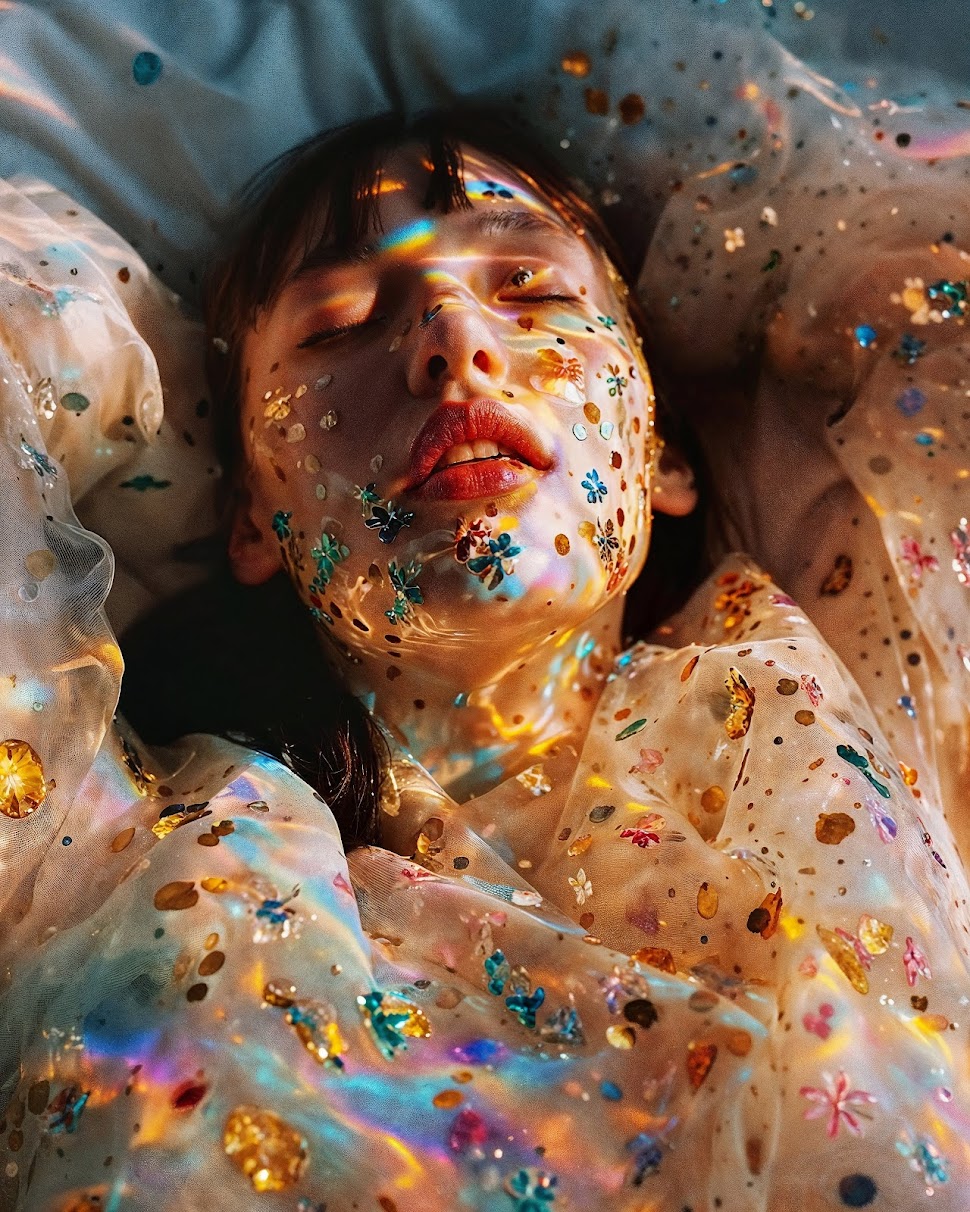
ON PEOPLE’S PERCEPTIONS & FEARS AROUND AI
I can’t speak to all AI, as it’s such a broad advance in technology, but AI in art is often misunderstood because it isn’t inherently a threat—it’s a tool. The real danger isn’t AI itself but how it’s used. I see it as an extension of human creativity rather than a replacement. If anything, AI has given me more agency to create, not less. It’s up to us to use it in ways that expand artistic expression rather than erase it and break away from its traditional forms, just like any other new medium.
One of the biggest misconceptions is that AI art is just a matter of typing a prompt and hitting “generate.” I spend hours creating a single piece. The work I create goes through extensive iterations, refinement, and post-processing. Another misconception is that AI eliminates artistic intent when, in fact, it’s the opposite. The artist’s eye is still crucial—composition, lighting, emotion, symbolism—all of it still applies. AI is a collaborator, not a creator in its own right.
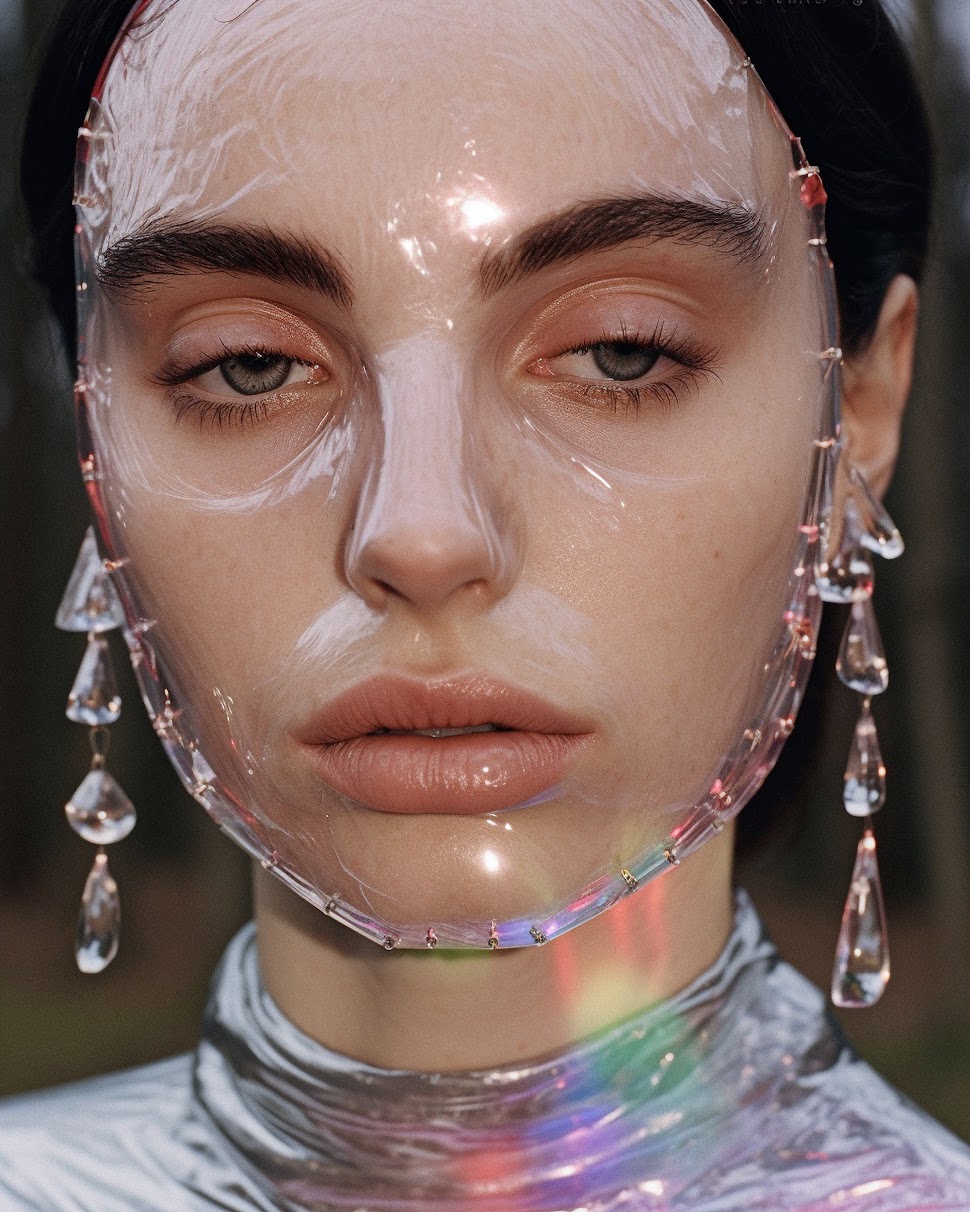
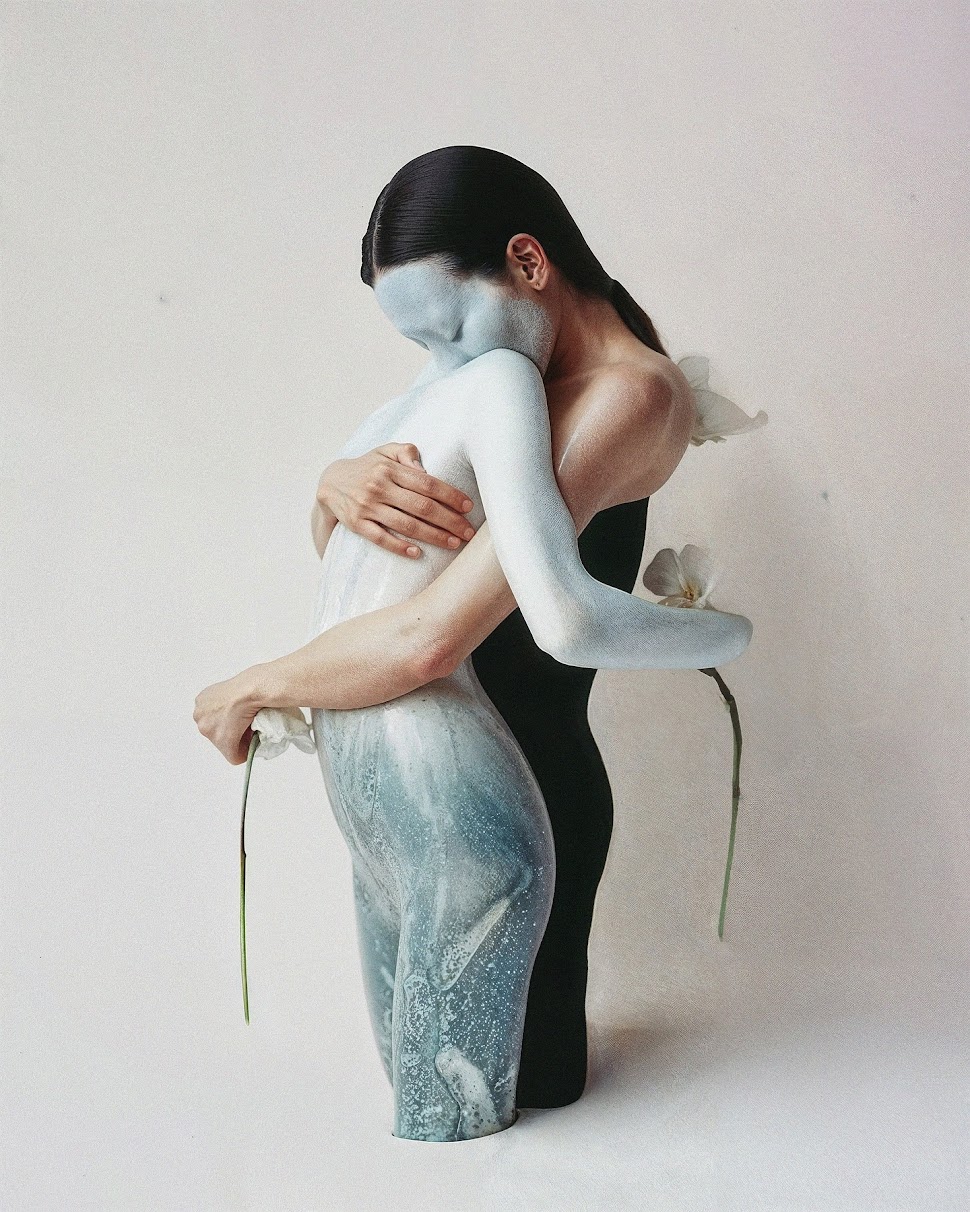
ON AI’S POTENTIAL TO ‘OVERTAKE’ TRADITIONAL MEDIA IN THE CREATIVE INDUSTRIES
I think we need to reframe the conversation from “taking over” to “reshaping.” Nothing is “replacing” creativity—it’s only enhancing and challenging it. The best work will always come from a fusion of human vision and technology. Technology can mean a paintbrush, a camera, Photoshop, or clay, for example. What excites me is how AI allows for new levels of experimentation.
In fashion, for example, it can generate impossible fabrics and silhouettes, inspiring designers to push beyond the conventional. In entertainment, AI is creating worlds that were once too complex to imagine. But at the core of every great creation is intent, emotion, and storytelling—things that remain deeply human.
AI is just another brush in the toolkit.
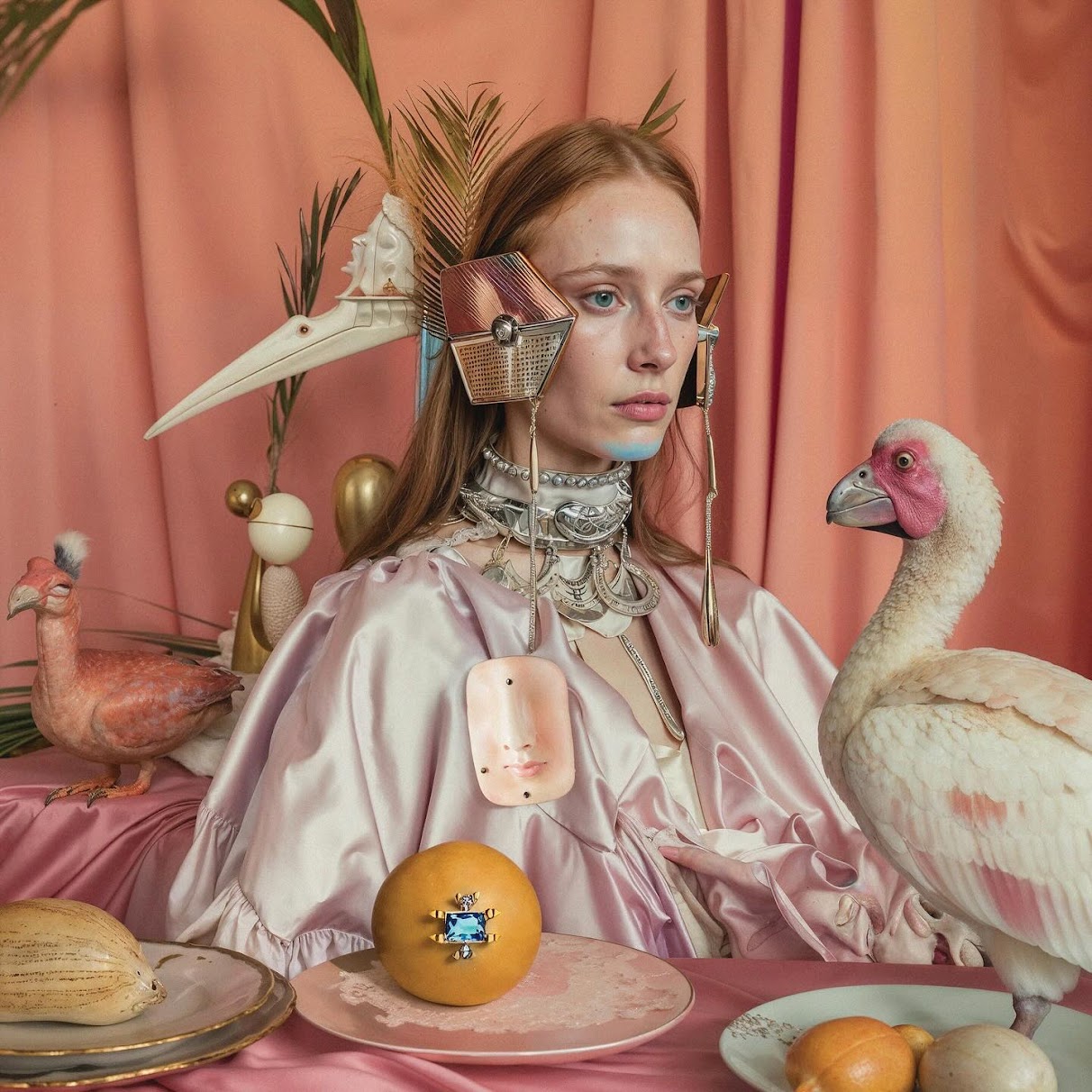
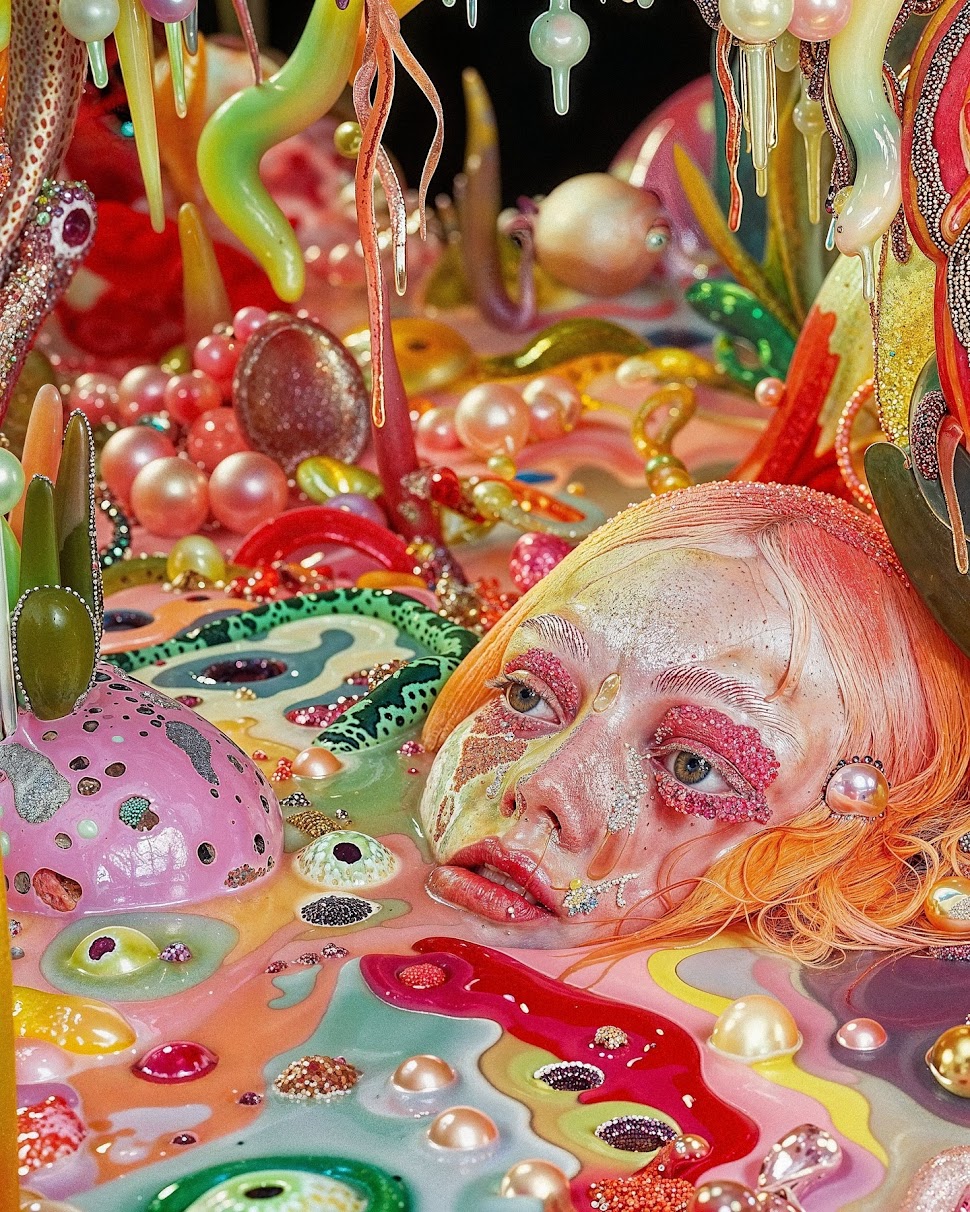
ON INFLUENCES THAT MOST STRONGLY INSPIRE YOU
I’m always drawn to contrasts and tension. For instance, a couple of months ago, I visited the Insectarium in Montreal, where they have a permanent exhibit featuring hundreds of butterflies meticulously pinned and organized by their exact color palettes—walls upon walls of delicate wings. It was mesmerizing and disturbing. I created an entire series out of this experience. I guess I’m always looking for those moments where something exquisite carries an undercurrent of discomfort.
I think my core influences lie in film and photography. The slower and more uncomfortable a film makes me, the more I’m drawn to it. Directors like Brandon Cronenberg (Antiviral, Infinity Pool), Lars Von Trier (Nymphomaniac, Melancholia), Yorgos Lanthimos (Poor Things, The Lobster), and Alejandro Jodorowsky (The Holy Mountain). Maya Deren’s Meshes of the Afternoon was transformative—it changed the way I think about visual storytelling and pushed me to create fearlessly.
I’ve always been inspired by photographers like Barbara Cole, Dora Maar, and Christopher McKenney—there’s something powerful about art that carries a signature, where you know exactly who made it just by looking. That’s what really drives me: the idea of making work that feels unmistakably my own, creating from instinct.
